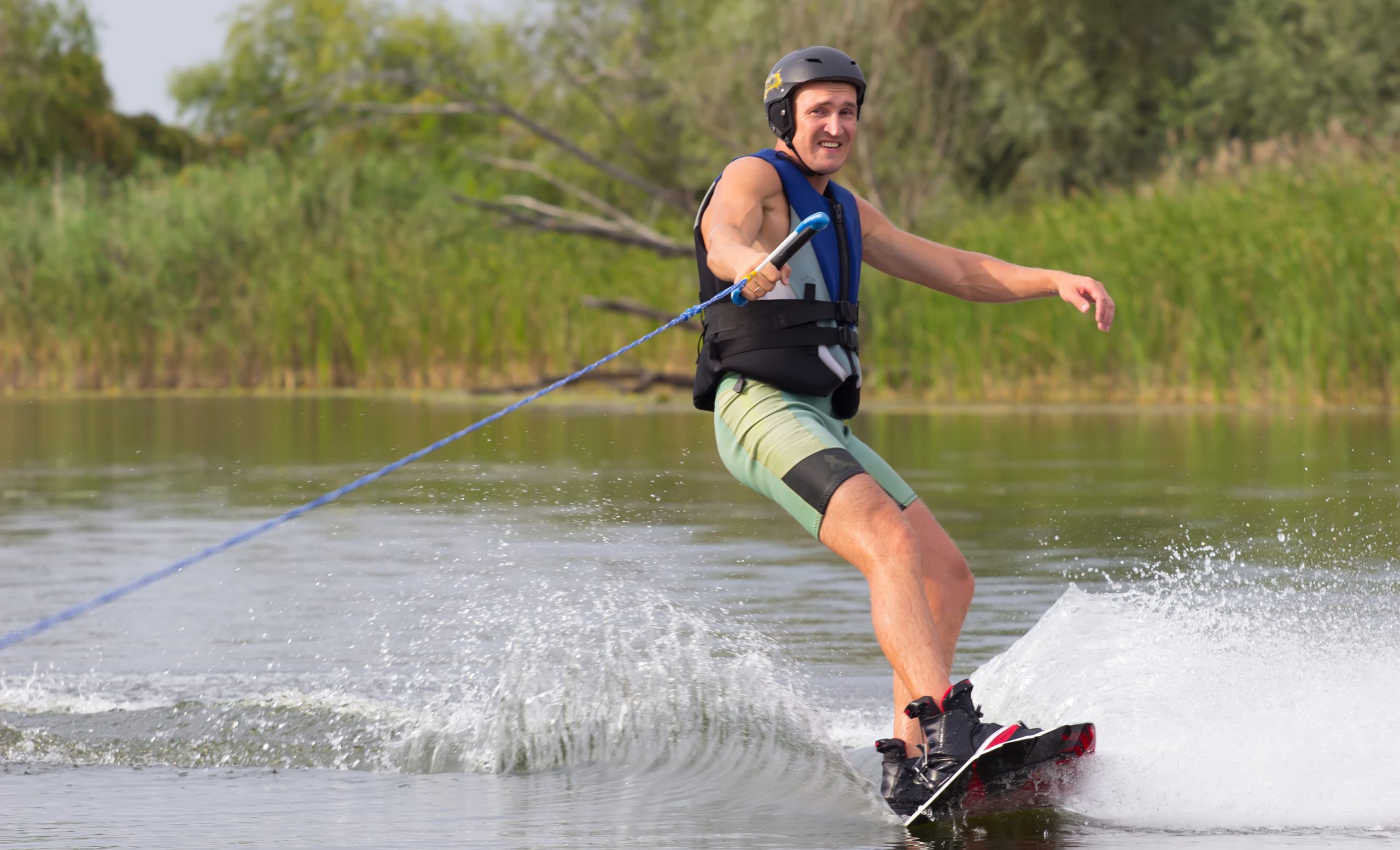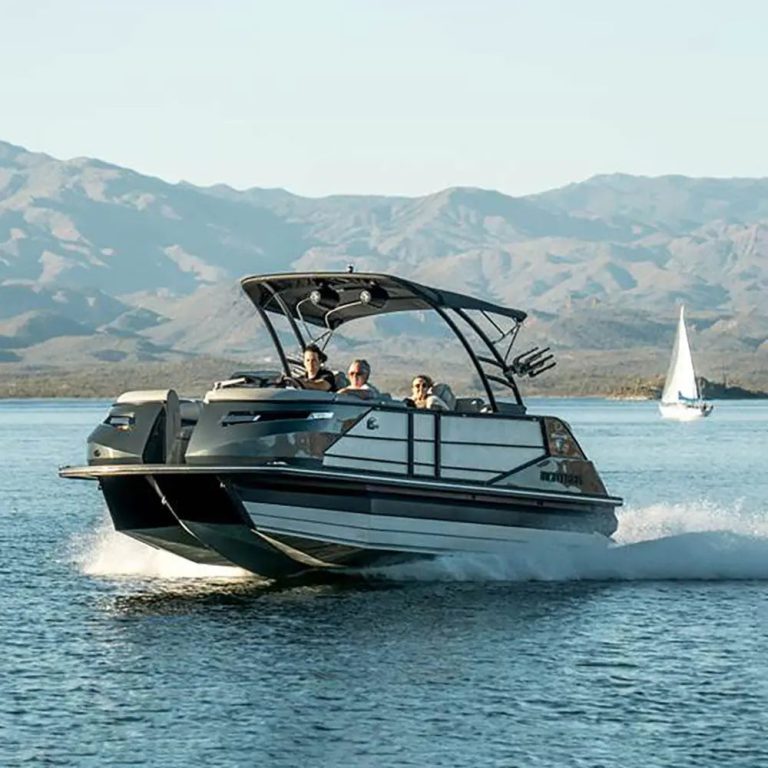Is Wakeboarding Really Risky?
Wakeboarding can be risky, and injuries can occur. However, proper safety precautions and training can minimize these risks.
Wakeboarding has become a popular watersport among adrenaline seekers. It involves riding on a wakeboard, which is similar to a snowboard, while being towed by a boat. While it can provide a thrilling experience, there is a risk of injuries, such as concussions, broken bones, and sprains.
Common causes of these injuries include falls, collisions, and improper use of equipment. Despite the risks, taking proper precautions such as wearing a lifejacket, using proper equipment, and having a trained spotter can significantly reduce the chances of getting injured. In this article, we will explore the risks associated with wakeboarding and the measures that can be taken to ensure a safe and enjoyable experience.

Credit: www.wakemakers.com
Understanding Wakeboarding As A Sport
Wakeboarding is a water sport that has gained popularity over recent years. It involves being towed behind a motorboat while standing on a board with bindings and maneuvering through the water. Wakeboarding has its roots in water skiing and surfing, but it has evolved into its unique form of water sport.
Today, wakeboarding is enjoyed by many people around the world for its thrilling nature and the challenges it presents. However, as with any sport, there are risks associated with wakeboarding. Despite this, many wakeboarders practice safety measures and take necessary precautions to minimize the risks.
Overall, wakeboarding is a fun and exciting sport that can be enjoyed safely with proper preparation and training.
The Potential Risks Of Wakeboarding
Wakeboarding can be a fun and exhilarating sport, but it does carry some risks. Common injuries associated with wakeboarding include cuts and bruises from falls, as well as more serious injuries such as broken bones and concussions. Certain locations can also pose a greater risk, such as shallow waters or areas with hidden obstacles.
It’s important to always wear proper safety gear while wakeboarding, such as a life jacket and helmet. These precautions can help minimize the risk of injury and ensure that you can safely enjoy this exciting sport.
Evaluating The Risks Versus Benefits Of Wakeboarding
Wakeboarding is often characterized as a highly risky sport. Health benefits of wakeboarding are numerous, including increased muscle strength, endurance, and balance. Additionally, wakeboarding can provide social and psychological advantages such as increased confidence, reduced stress levels, and overall well-being.
Furthermore, wakeboarding can bring about economic benefits as well such as job creation and increased tourism. While there are risks associated with the sport, with proper precautions, the benefits of wakeboarding can far outweigh the potential hazards. As with any activity, individuals must weigh the risks versus benefits and make informed decisions based on personal preferences and limitations.
Mitigating The Risks Of Wakeboarding
Wakeboarding has the reputation of being a high-risk sport that requires skill and caution. The good news is that there are steps that can be taken to mitigate those risks. Proper training and instruction are key, ensuring that one has the necessary skills and knowledge to safely navigate the water and ride the wake.
It’s also important to choose appropriate conditions for wakeboarding, taking into consideration factors such as water currents, weather, and other environmental factors. Protective measures can also help reduce risks, such as wearing a properly fitting life jacket and other safety gear.
With the right approach, wakeboarding can be a thrill-seeking, yet safe experience that’s accessible to all who want to give it a try.
Frequently Asked Questions On Is Wakeboarding really Risky?
Is Wakeboarding Dangerous?
Yes, it can be dangerous if proper safety precautions are not followed.
How Do You Prevent Injuries While Wakeboarding?
The best way to prevent injuries is to wear proper safety gear, including a life jacket and helmet, and to always be aware of your surroundings.
Can Beginners Learn Wakeboarding Quickly?
It depends on the individual, but with proper instruction and practice, most beginners can learn how to wakeboard relatively quickly.
What Is The Right Age To Start Wakeboarding?
There is no specific age to start wakeboarding, but it is recommended that children be at least 8 years old and comfortable in the water.
How Fit Do You Need To Be For Wakeboarding?
Wakeboarding can be physically demanding, so it’s recommended to have a basic level of fitness and strength.
Is Wakeboarding Expensive To Get Into?
The cost of wakeboarding can vary, but purchasing equipment and paying for lessons can be expensive.
Can You Wakeboard If You Can’T Swim?
No, it is not recommended to attempt wakeboarding if you cannot swim. It is important to know how to swim in case of an emergency while wakeboarding.
Conclusion
After exploring the dangers of wakeboarding, it is evident that this water sport can be risky. However, with proper safety measures and training, the risks associated with wakeboarding can be minimized. It is crucial to wear appropriate safety gear such as life jackets and helmets, and to have experienced trainers to guide and advise beginners.
Learning the proper techniques and skill set is also essential to minimize the risk of injuries. It is essential to remember that wakeboarding is not without its risks, but these risks can be minimized by taking appropriate safety measures. Ultimately, wakeboarding can be a thrilling and enjoyable activity that can be enjoyed by all with proper safety measures in place.
It is up to the individual to weigh the risks and take the necessary precautions for a safe and enjoyable wakeboarding experience.





